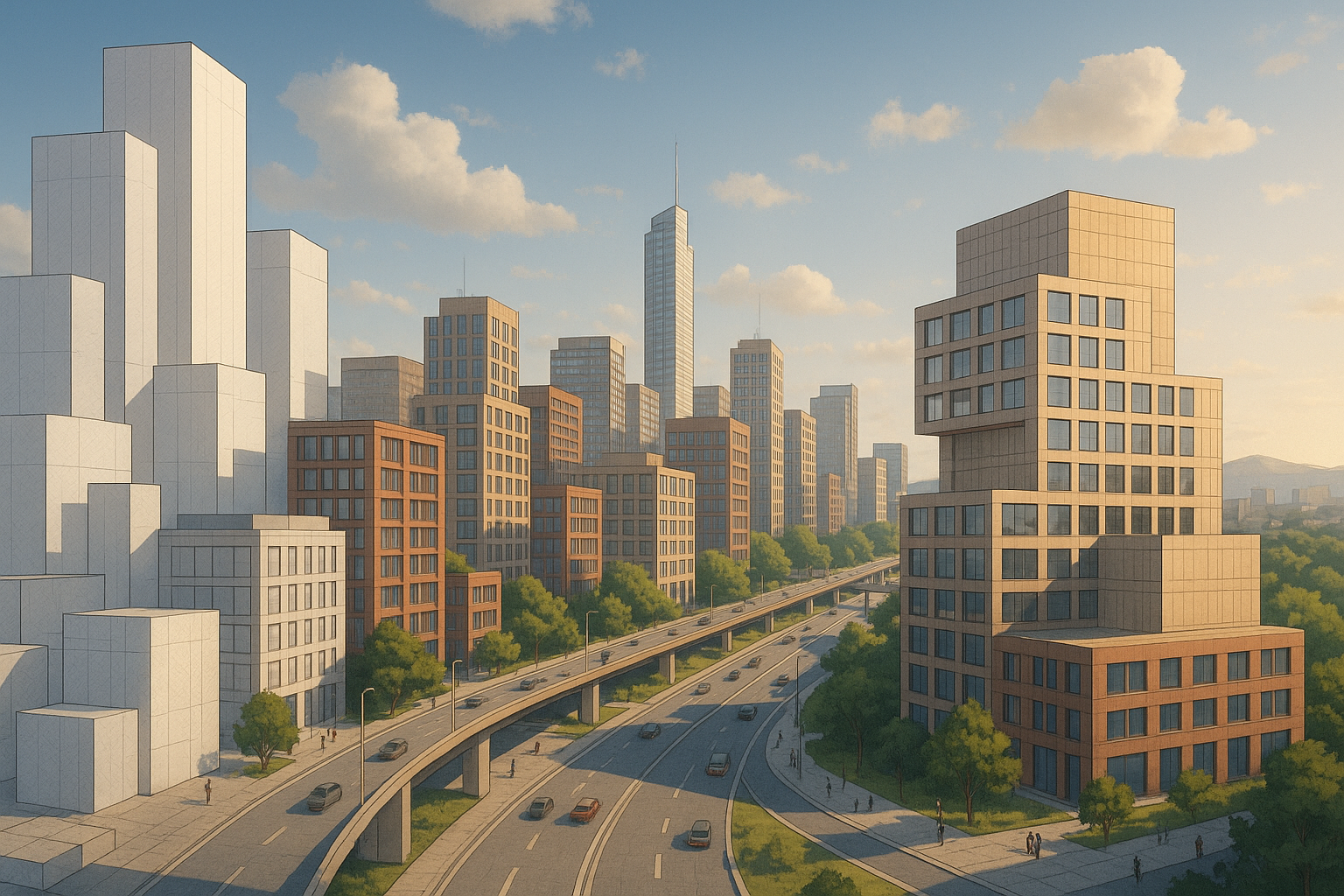Your Cart is Empty
Customer Testimonials
-
"Great customer service. The folks at Novedge were super helpful in navigating a somewhat complicated order including software upgrades and serial numbers in various stages of inactivity. They were friendly and helpful throughout the process.."
Ruben Ruckmark
"Quick & very helpful. We have been using Novedge for years and are very happy with their quick service when we need to make a purchase and excellent support resolving any issues."
Will Woodson
"Scott is the best. He reminds me about subscriptions dates, guides me in the correct direction for updates. He always responds promptly to me. He is literally the reason I continue to work with Novedge and will do so in the future."
Edward Mchugh
"Calvin Lok is “the man”. After my purchase of Sketchup 2021, he called me and provided step-by-step instructions to ease me through difficulties I was having with the setup of my new software."
Mike Borzage
Rhino 3D Tip: Maximizing the Effectiveness of the Make2D Command in Rhino 3D
March 26, 2025 2 min read

The Make2D command in Rhino is a powerful tool for converting your 3D models into 2D drawings. It allows you to create accurate 2D representations of your 3D geometry, which is essential for technical drawings, architectural plans, and presentation documents.
Here are some tips to help you make the most out of the Make2D command:
- Prepare Your Model: Before using Make2D, ensure your model is clean and organized. Remove any unnecessary geometry and double-check for any open edges or surfaces that might cause issues in the 2D output.
- Set Up the Correct View: The Make2D command generates 2D drawings based on the active viewport. Choose the viewport that best represents the view you need—Top, Front, Right, or a custom perspective. Use named views to save and recall specific viewpoints easily.
- Use Layers Effectively: Organize your geometry on different layers. When running Make2D, you can choose to maintain the layer structure in the 2D output. This helps in managing the resulting lines and makes editing much easier.
- Optimize Hidden Line Calculations: If your model is complex, calculating hidden lines can be time-consuming. Consider turning off the calculation of hidden lines if they are not necessary, or isolate only the parts of the model you need to generate 2D drawings from.
- Adjust Tolerance Settings: The precision of the Make2D output depends on the document's tolerance settings. For highly detailed drawings, make sure your tolerance is set appropriately. However, be cautious as very tight tolerances can increase computation time.
-
Utilize Drawing Options: When running Make2D, explore the options available:
- Show Tangent Edges: Choose whether to include tangent edges in your drawing for smoother transitions between surfaces.
- Maintain Source Layers: Keep the original layer assignments to organize your 2D lines effectively.
- Group Output: Optionally group the resulting lines for easier selection and manipulation.
- Post-Processing: After generating the 2D drawing, clean up any overlapping lines or unnecessary details. Use tools like Join, Trim, and Extend to tidy up the drawing before exporting or printing.
- Manage Line Weights and Styles: Assign different line weights and styles to various layers or objects to enhance the readability of your drawings. This is especially useful when importing the 2D drawing into CAD software or Illustrator for further editing.
- Save and Reuse Settings: If you frequently use Make2D, save your preferred settings or create a script to automate the process, improving efficiency.
By following these tips, you can create clean and accurate 2D drawings from your 3D models in Rhino, streamlining your workflow and enhancing the quality of your presentations.
For more professional insights and to explore Rhino 3D Software further, visit NOVEDGE, your one-stop shop for design software.
You can find all the Rhino products on the NOVEDGE web site at this page.
Also in Design News

"Revolutionizing Urban Planning: Unleashing SketchUp for Rapid, Data-Driven City Design"
September 16, 2025 5 min read
Read More
Cinema 4D Tip: Integrating VDB Format for Advanced Volumetric Workflows in Cinema 4D
September 16, 2025 2 min read
Read More
Bluebeam Tip: Mastering PDF Redaction Techniques in Bluebeam Revu for Enhanced Document Security
September 16, 2025 2 min read
Read MoreSubscribe
Sign up to get the latest on sales, new releases and more …


